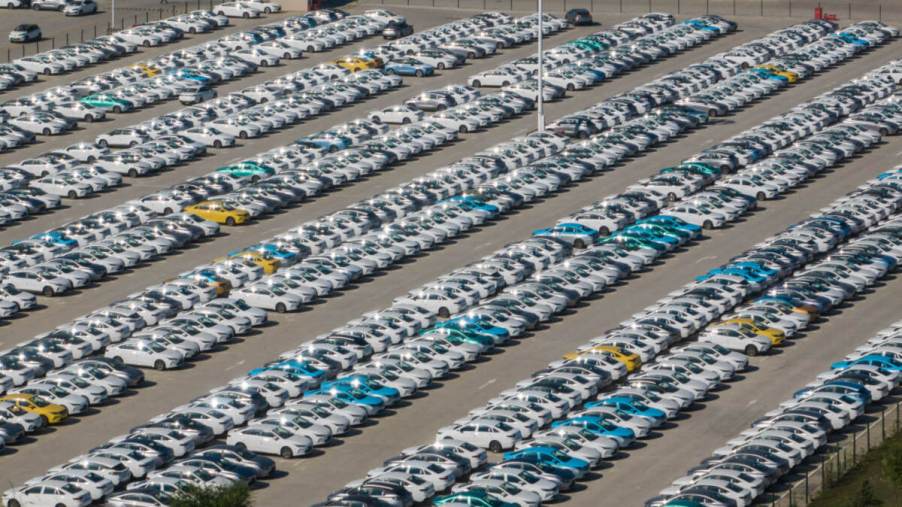
Almost All EVs Leave Huge Carbon Footprints for 1 Simple Reason
You need to rethink an EV purchase if you’re looking to lower your carbon footprint, as most buyers do. There is a simple reason why you may face a larger carbon footprint than a gasoline-only or hybrid vehicle. That’s because you only reduce those emissions if you drive your EV a lot. Without significant miles driven, you’re kidding yourself, thinking you’re doing the environment a favor.
A Harvard study shows that those who put fewer miles on their vehicles help the environment more by sticking with gas vehicles. “But what about all of the tailpipe emissions,” you may ask. Yep, there will still be plenty of emissions from them.
How can EVs pollute more than all of those tailpipe emissions?

However, the study done by researchers Ashley Nunes and Lucas Woodley shows that those dirty tailpipes pollute far less over the vehicle’s lifetime than the pollution necessary to make an EV’s battery. If you can’t put between 28,000 and 68,000 miles on your EV, don’t buy one.
“This is because the batteries that power EVs are responsible for an outsize share of emissions during the manufacturing process,” Woodley told the Harvard Gazette. “Because EVs are dirtier to build but cleaner to drive, they must meet certain mileage thresholds before environmental advantages are realized. In the U.S., the typical non-luxury EV needs to log between 28,069 and 68,160 miles before netting any emissions benefits.”
Are there solutions for this issue?

Partly factoring in things like U.S. EV incentives, the study says they mostly help only the wealthy. It posits that is the wrong group to incentivize. The study finds that EVs are mostly for a second car, which typically sees far fewer miles driven. So driving more is the key, but what stymies that quest is the crappy charging infrastructure.
Several suggestions from the study would help to correct the problems it reveals. Incentivizing tax credits for used EVs helps to get them into the hands of those tending to drive more. The Biden administration agrees and includes those additional incentives in its latest Inflation Reduction Act (IRA).
Can I read the Harvard study?

It also suggests further incentives should go to those workers who drive back and forth to work every day. This ensures these EVs get driven and driven often. By requiring certain mileage numbers before receiving this incentive, EVs can more easily and more quickly reach those environmental benefits.
You can read the Harvard study to see for yourself showing the criteria and results. We may have been advancing the drive to EV domination the wrong way and are marketing it with the false assumption that merely buying an EV and putting a few miles on it will help reduce your carbon footprint.



